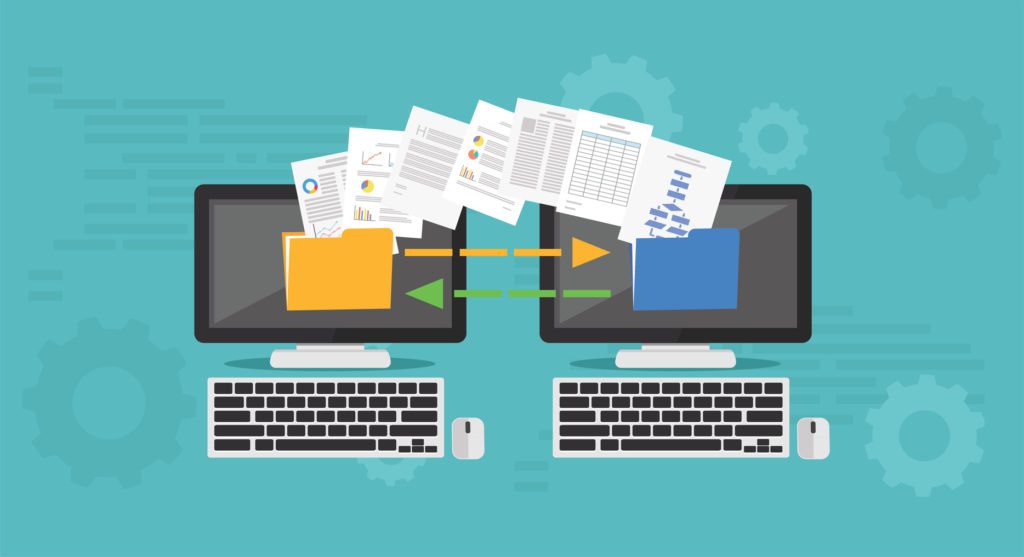
Importing documents into a document management system (DMS) can be a daunting task, but it doesn't have to be. With the right approach and tools, importing documents can be an easy and streamlined process that can save your business time and effort.
A DMS is a software system that stores, manages, and tracks electronic documents and images of paper-based information captured through scanning. A DMS can help your business become more organized, efficient, and productive. It can provide a central location to store and manage all your documents and reduce the risk of losing or misplacing important information.
Here are Some Tips to Help you Import Documents into your DMS:
Determine what documents to import
The first step is to determine which documents you want to import into the DMS. You can import all your documents or only specific ones that are relevant to your business. It's important to identify the documents that are critical to your business and prioritize them for import. This will help you focus on the most important documents and ensure that they are properly organized within the DMS.
Choose the right DMS
Choosing the right DMS is crucial to the success of your document management system. It's important to consider the features and functionalities of the DMS before selecting one. The DMS should be easy to use, intuitive, and provide the necessary tools to manage your documents effectively. You can research different DMS options online or seek advice from a professional.
Scan and digitize paper documents
If you have paper documents that you want to import into the DMS, you need to scan and digitize them first. You can use a scanner to convert paper documents into digital files. Scanning software can also help you convert scanned documents into searchable PDF files. This will enable you to search for specific documents easily within the DMS.
Organize your documents
Before importing your documents into the DMS, you need to organize them properly. You can create a folder structure that will help you classify and categorize your documents. You can also use metadata to tag your documents with relevant information such as date, author, or keywords. This will help you locate specific documents easily and quickly.
Import your documents
Once you have organized your documents, you can start importing them into the DMS. You can do this manually by dragging and dropping files into the DMS, or you can use an automated import tool. The automated import tool can help you import a large number of documents quickly and efficiently. This tool can also help you map metadata fields to the corresponding fields in the DMS.
Verify your documents
After importing your documents, it's important to verify that they have been imported correctly. You can do this by searching for specific documents and verifying that the metadata is correct. You can also check that the document is accessible and can be opened and viewed properly.
Train your team
It's important to train your team on how to use the DMS properly. This will ensure that everyone in the organization knows how to access and manage documents within the DMS. Training can be done through online tutorials, workshops, or one-on-one coaching sessions. It's also important to have a designated point of contact who can provide support and assistance if needed.
Importing documents into a DMS is easier than you think. With the right approach and tools, you can streamline the process and save your business time and effort. By following these tips, you can create a well-organized document management system that will help your business become more efficient and productive.
Contact DocXellent today to learn how we can simplify your document migration process.




























